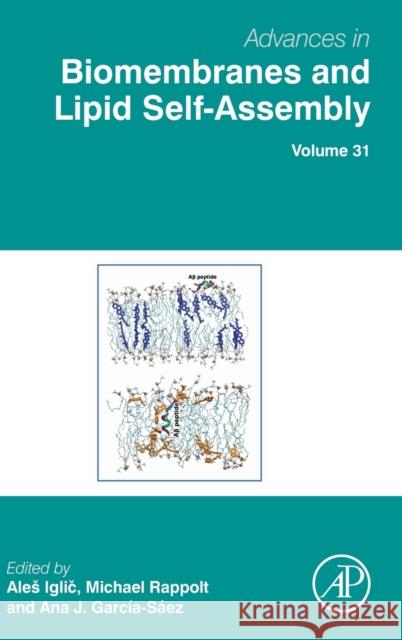Advances in Biomembranes and Lipid Self-Assembly: Volume 31 » książka
topmenu
Advances in Biomembranes and Lipid Self-Assembly: Volume 31
ISBN-13: 9780128209677 / Angielski / Twarda / 2020 / 318 str.
Advances in Biomembranes and Lipid Self-Assembly: Volume 31
ISBN-13: 9780128209677 / Angielski / Twarda / 2020 / 318 str.
cena 814,59
(netto: 775,80 VAT: 5%)
Najniższa cena z 30 dni: 806,26
(netto: 775,80 VAT: 5%)
Najniższa cena z 30 dni: 806,26
Termin realizacji zamówienia:
ok. 30 dni roboczych
Dostawa w 2026 r.
ok. 30 dni roboczych
Dostawa w 2026 r.
Darmowa dostawa!
Kategorie:
Kategorie BISAC:
Wydawca:
Academic Press
Seria wydawnicza:
Język:
Angielski
ISBN-13:
9780128209677
Rok wydania:
2020
Numer serii:
001080497
Ilość stron:
318
Waga:
0.47 kg
Wymiary:
22.86 x 15.24 x 1.42
Oprawa:
Twarda
Wolumenów:
01
Dodatkowe informacje:
Bibliografia











